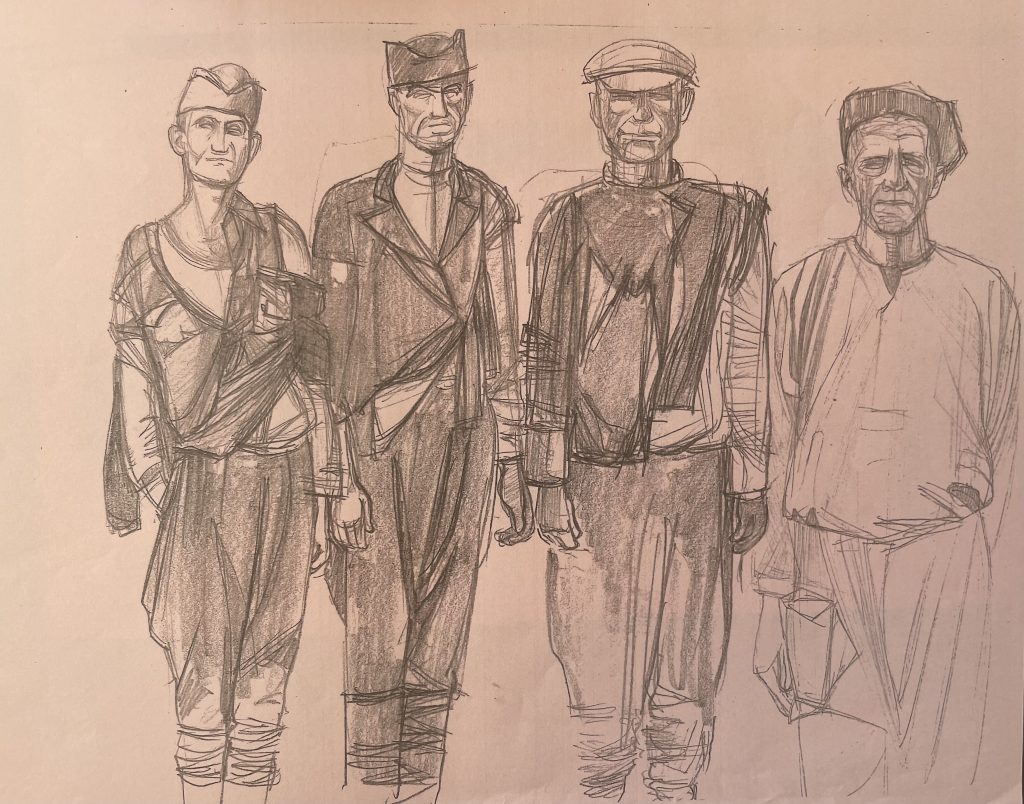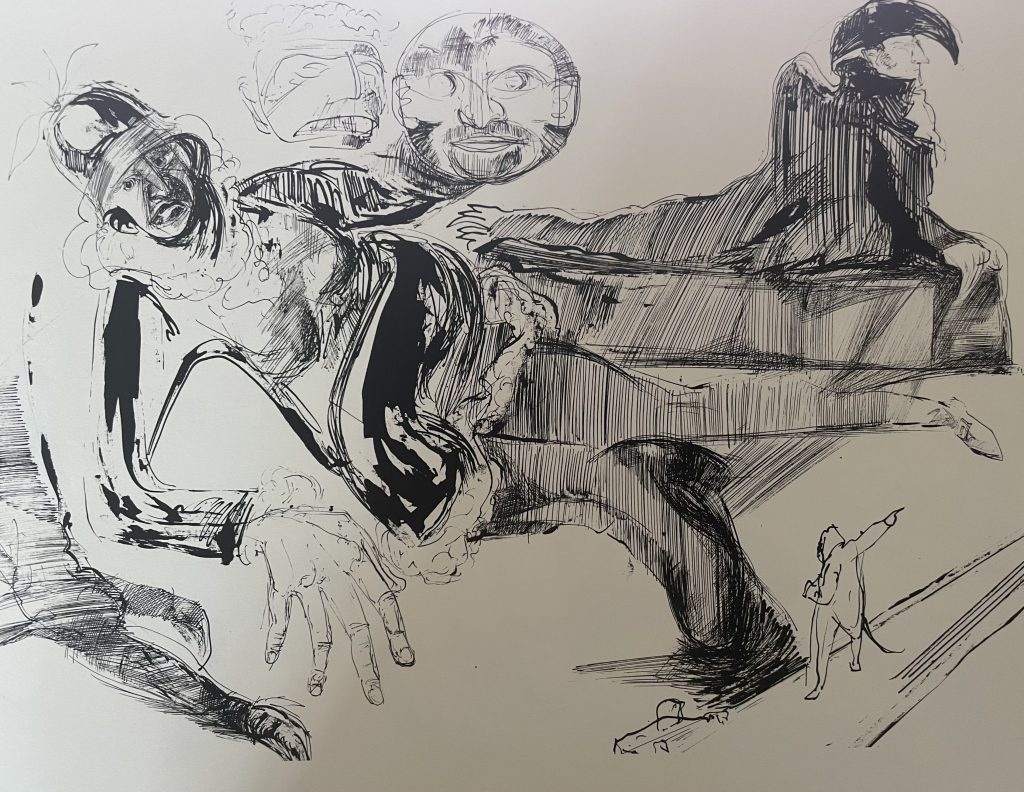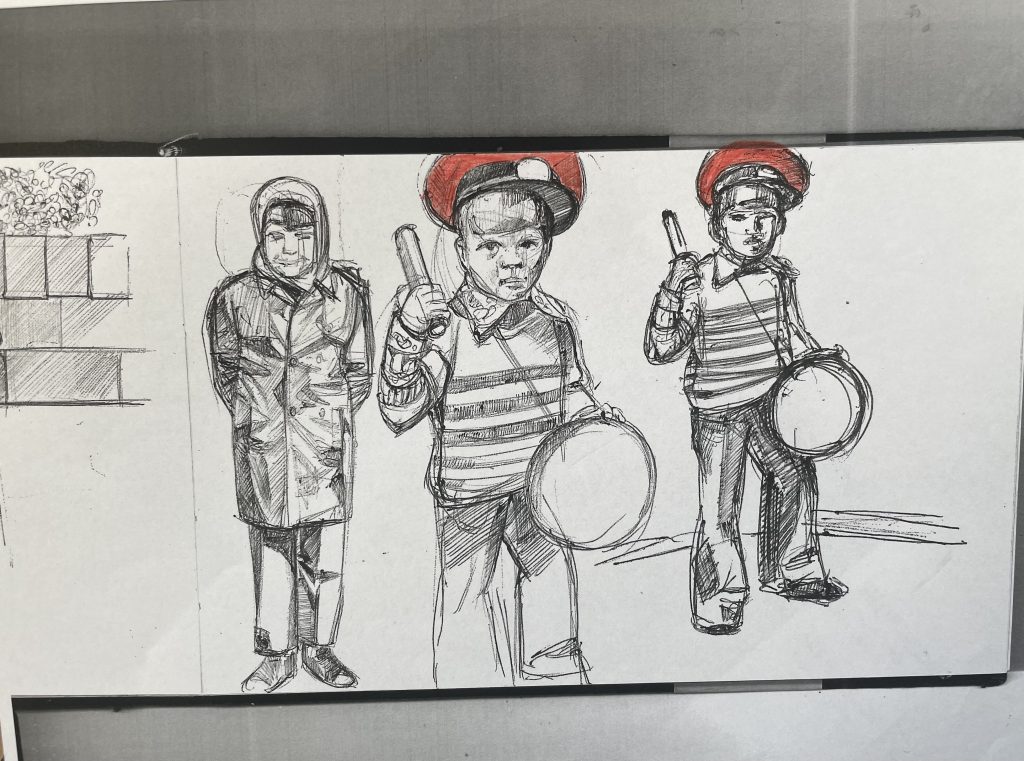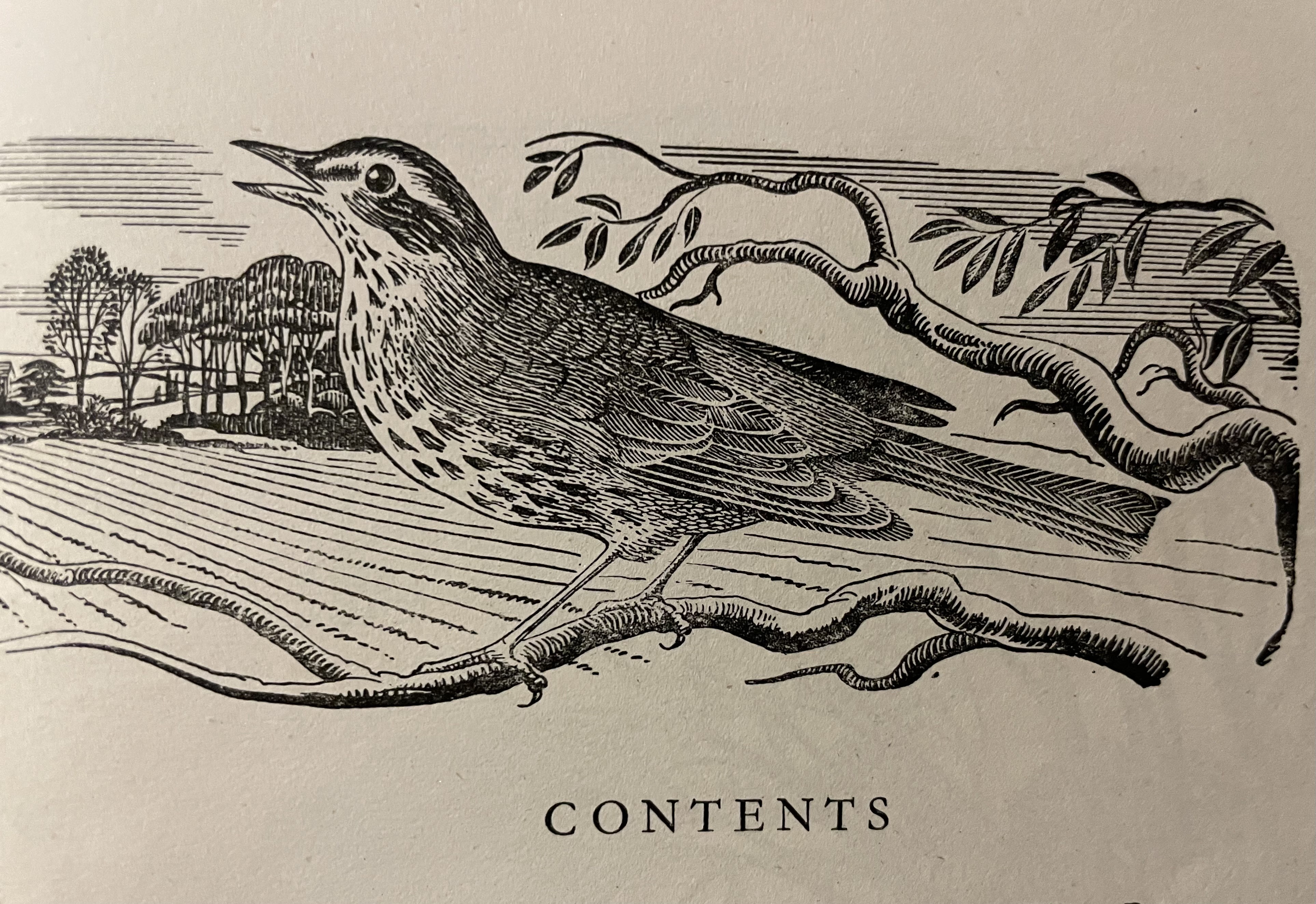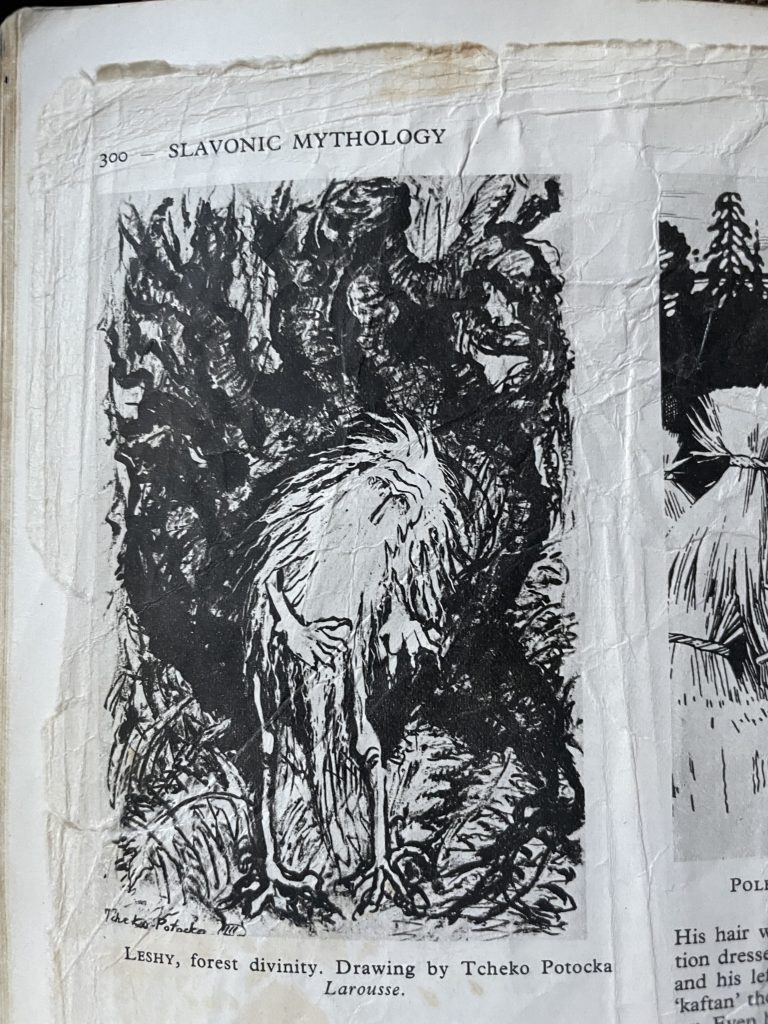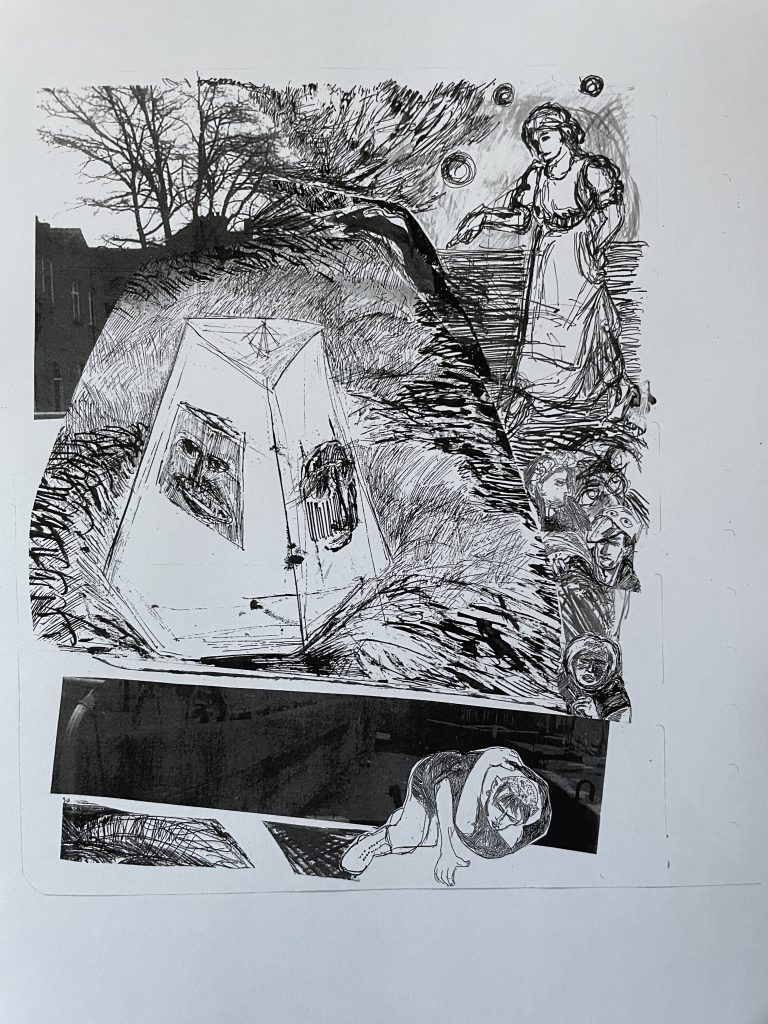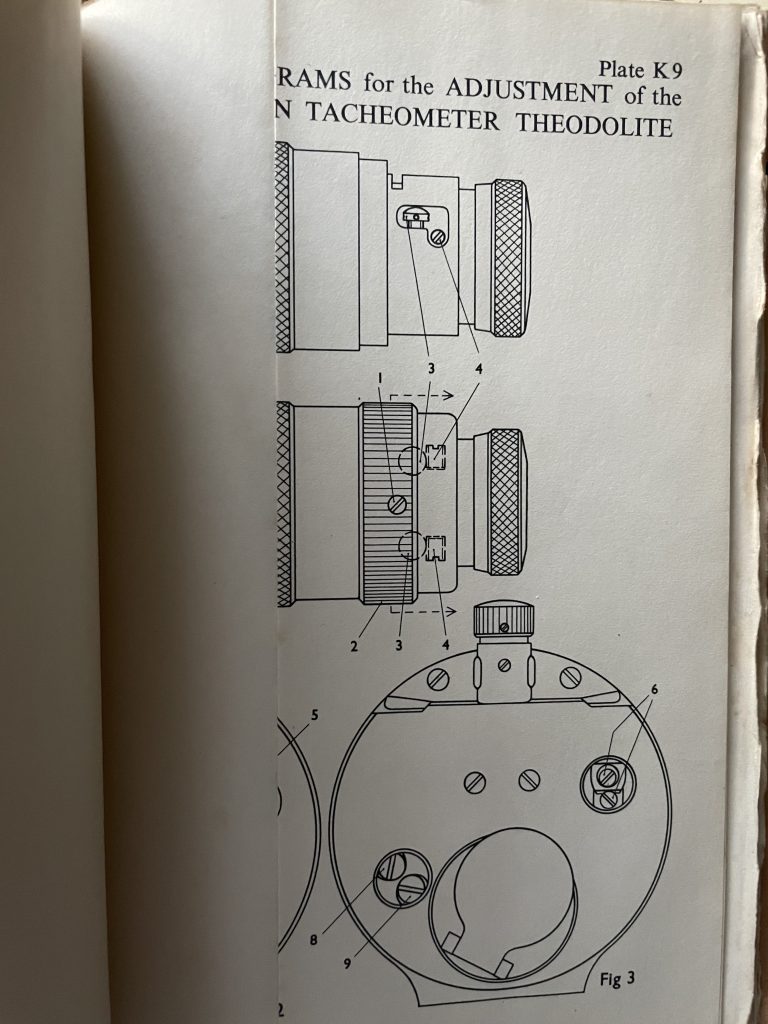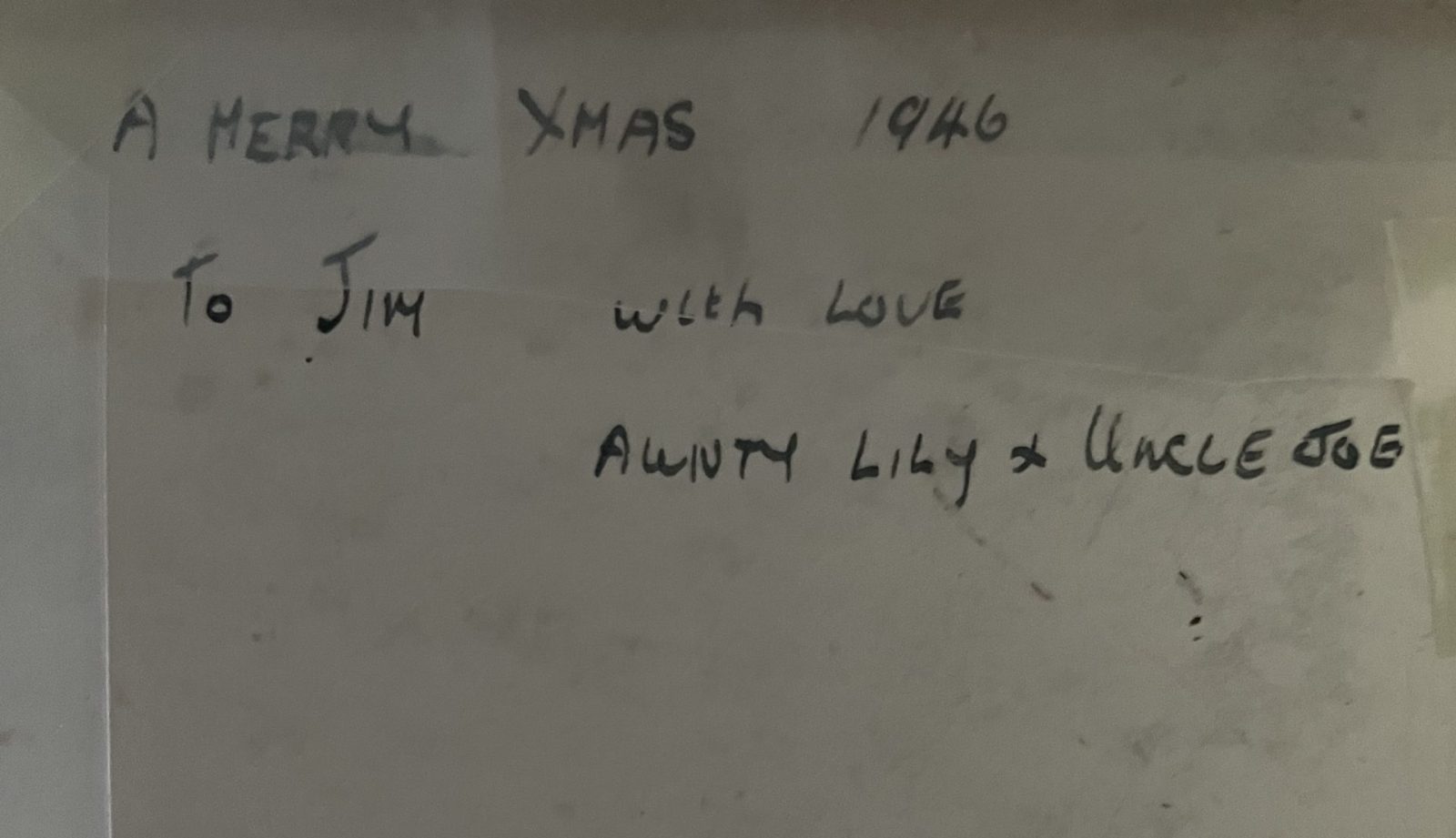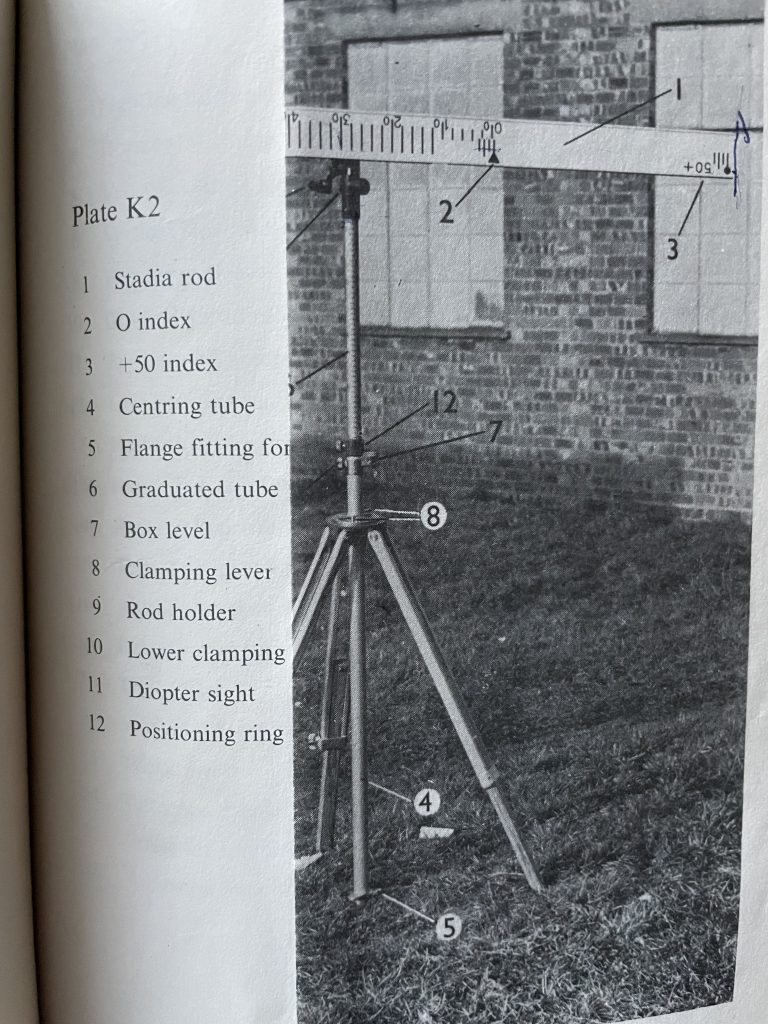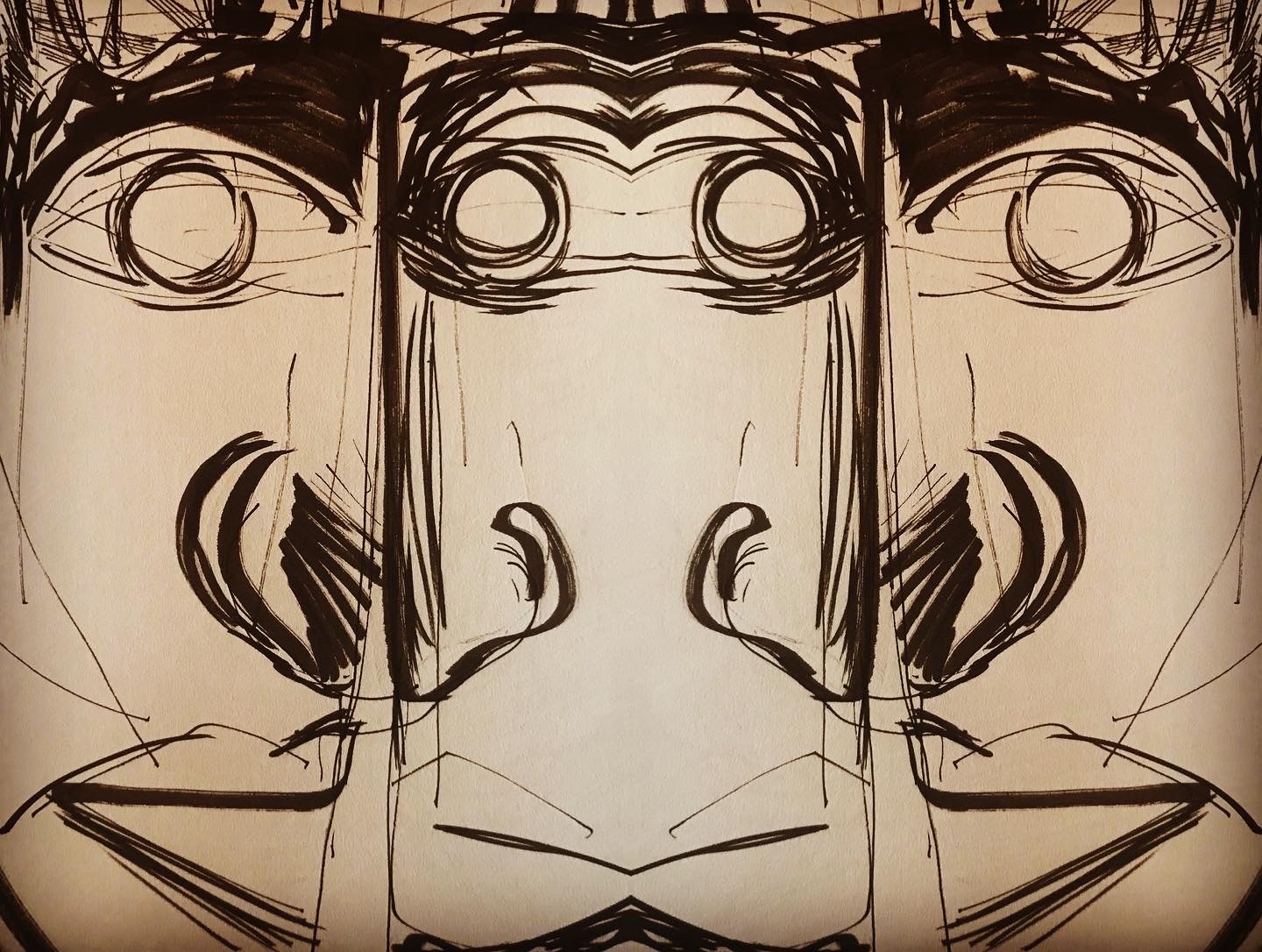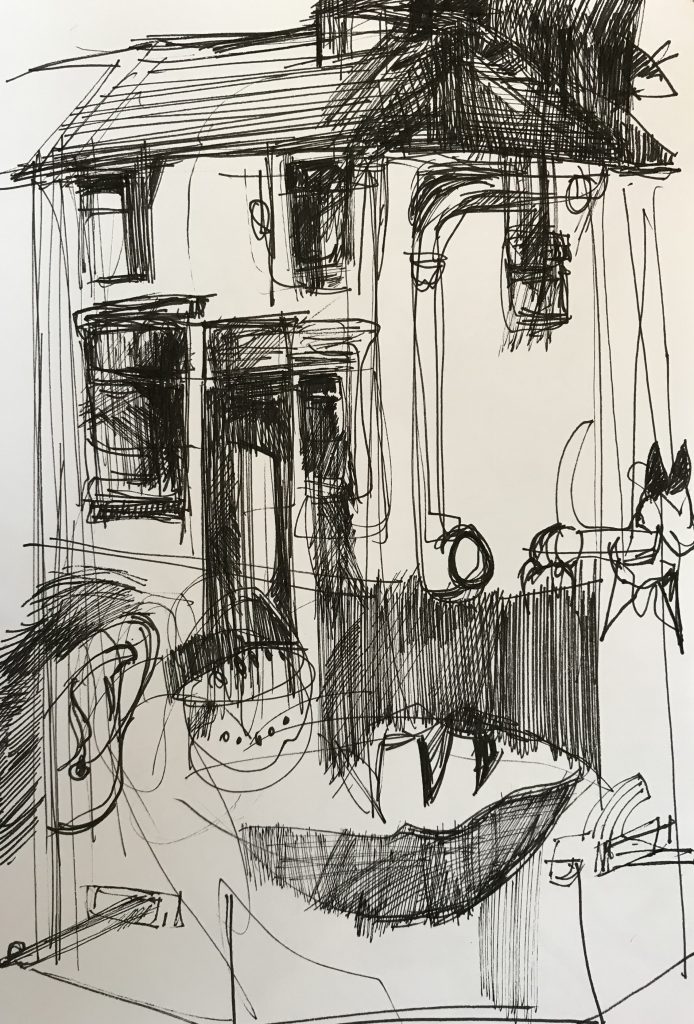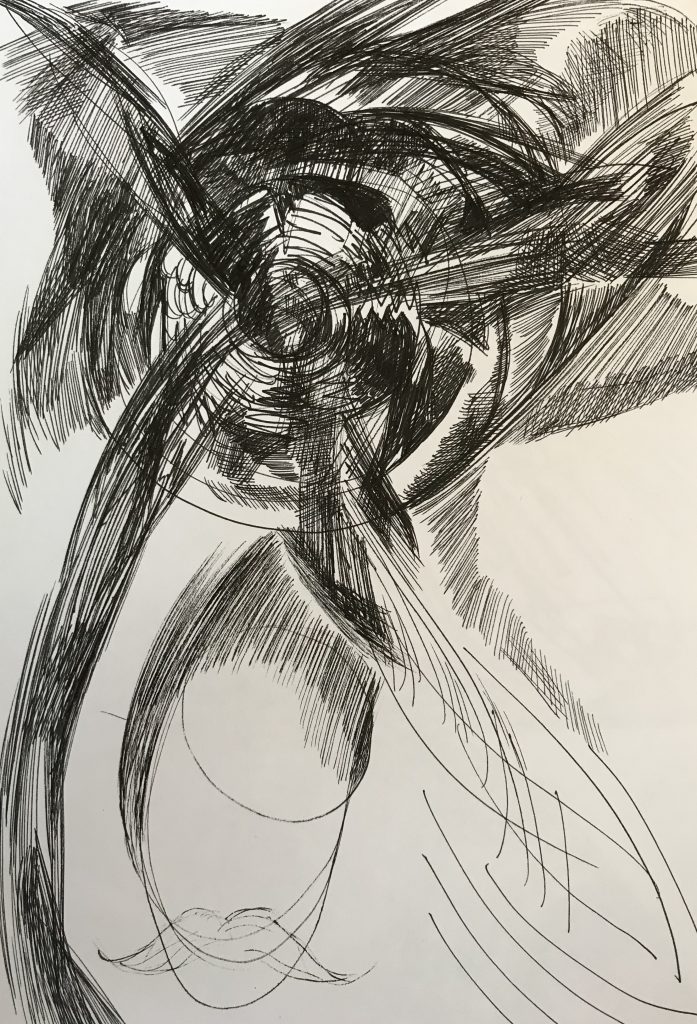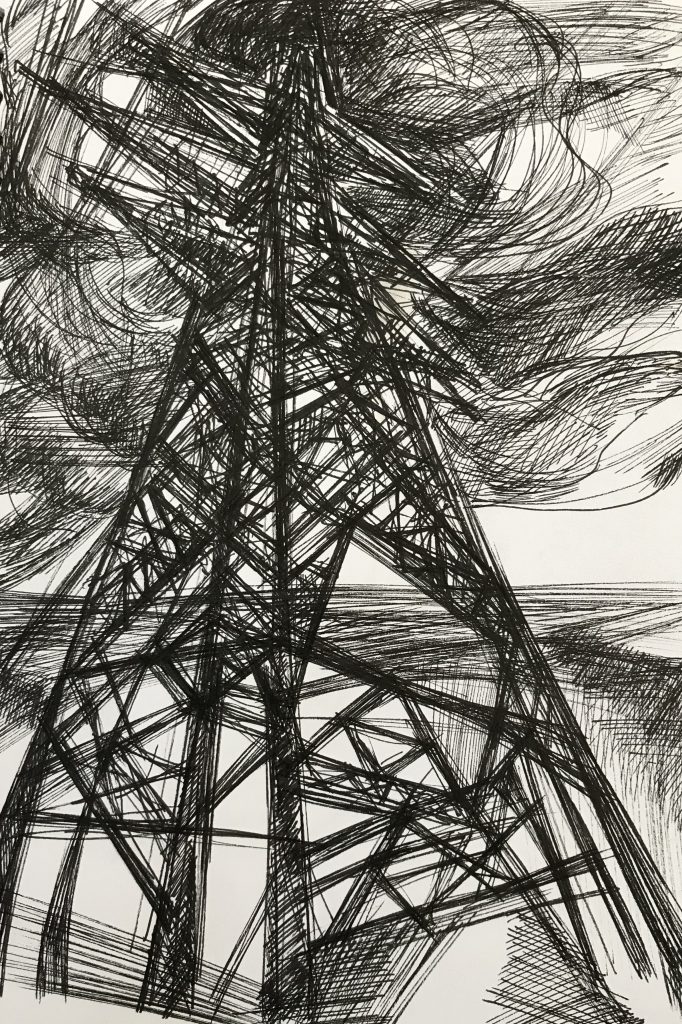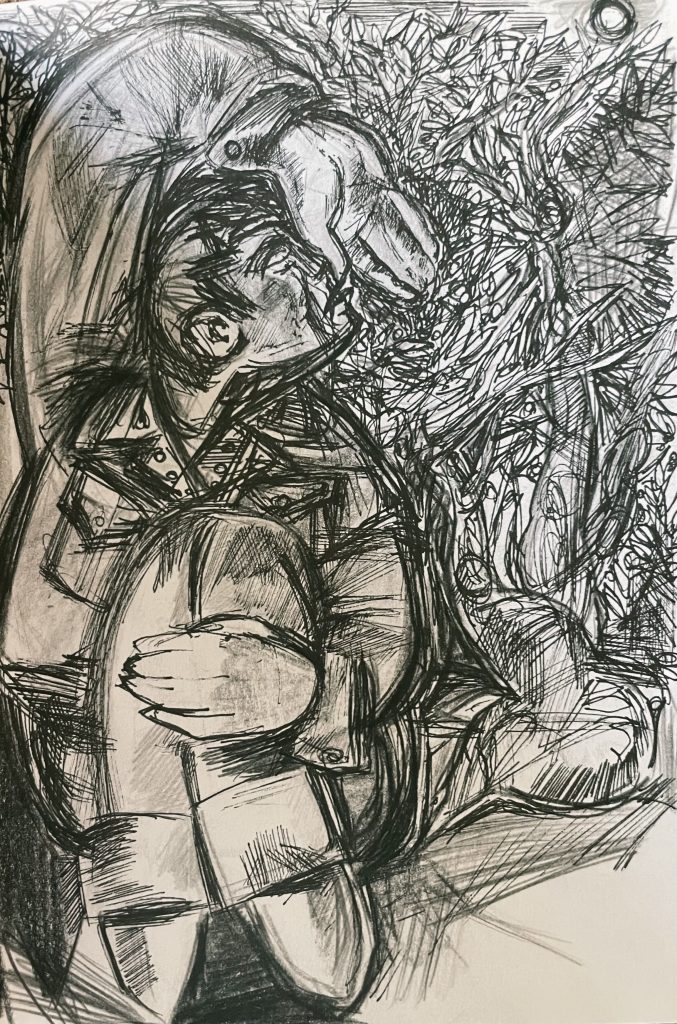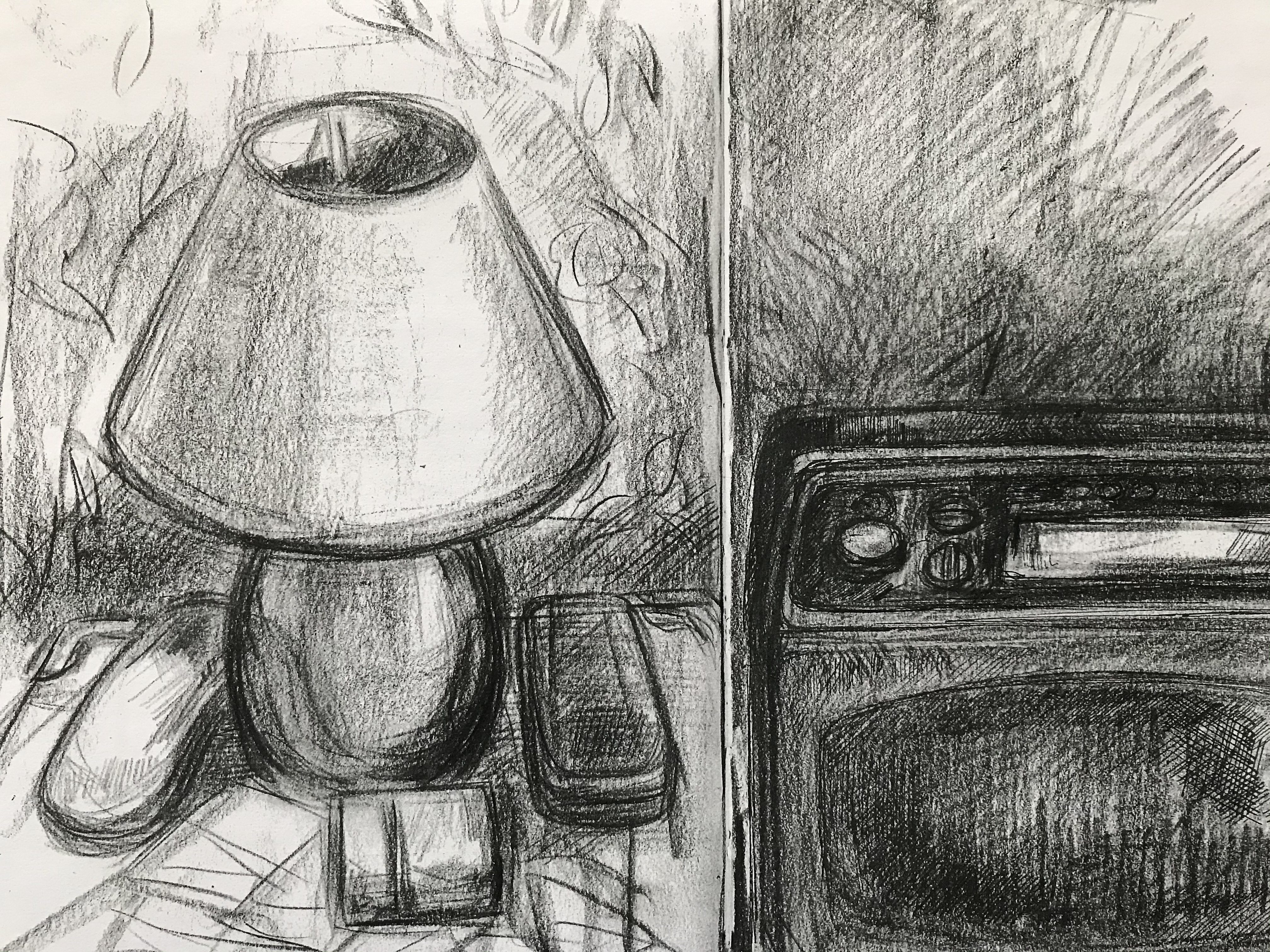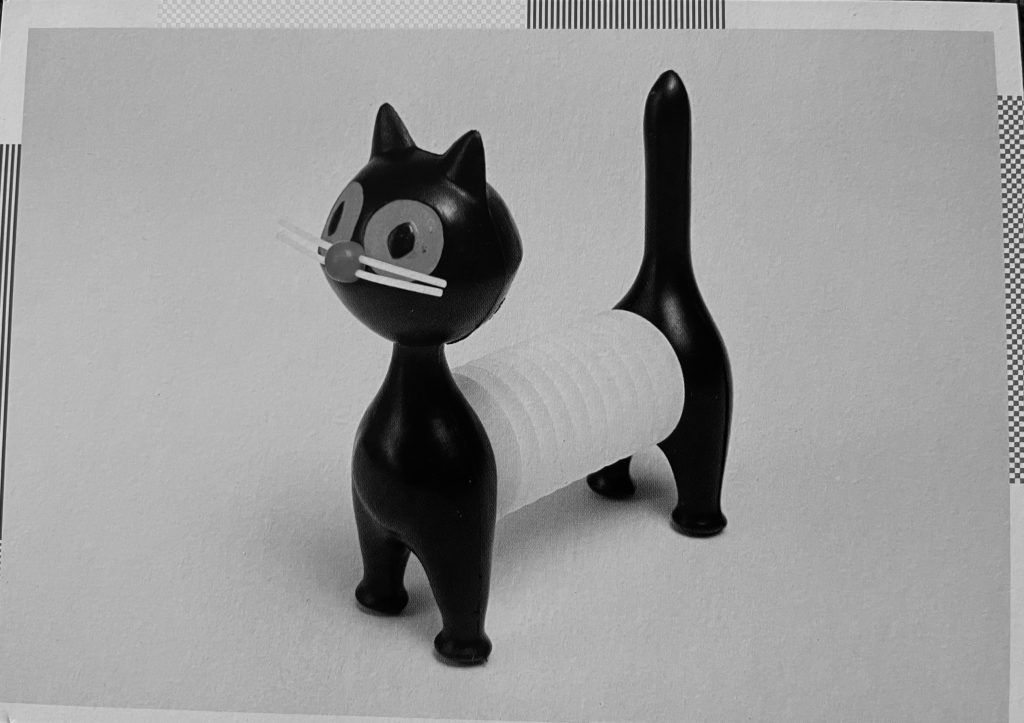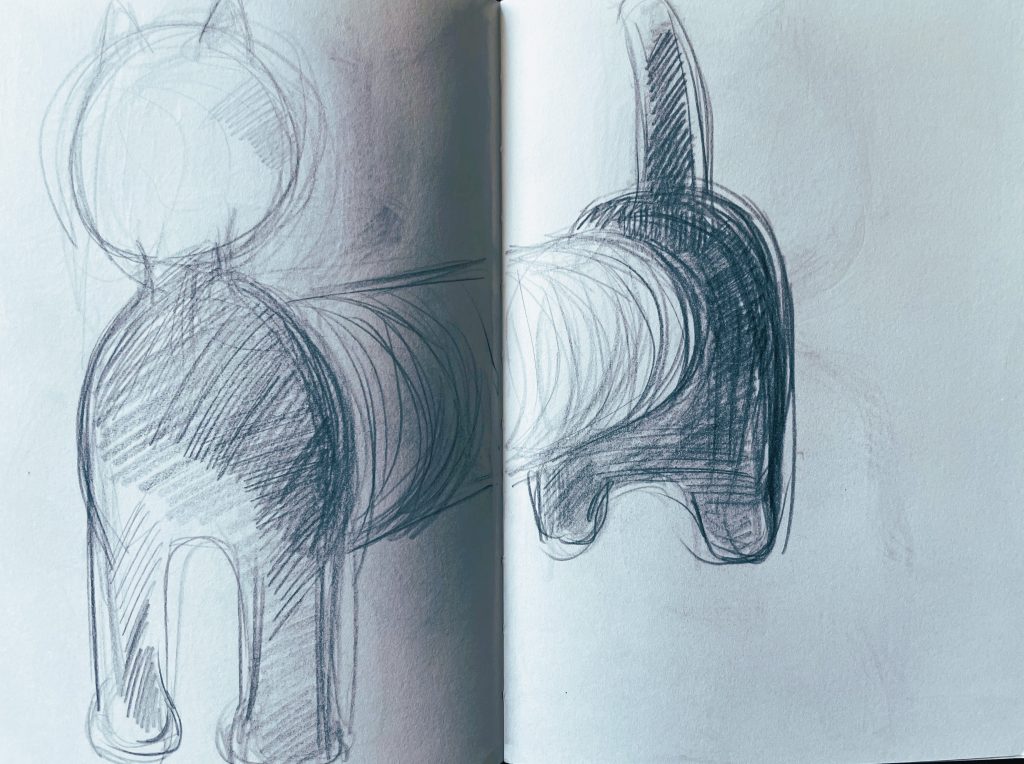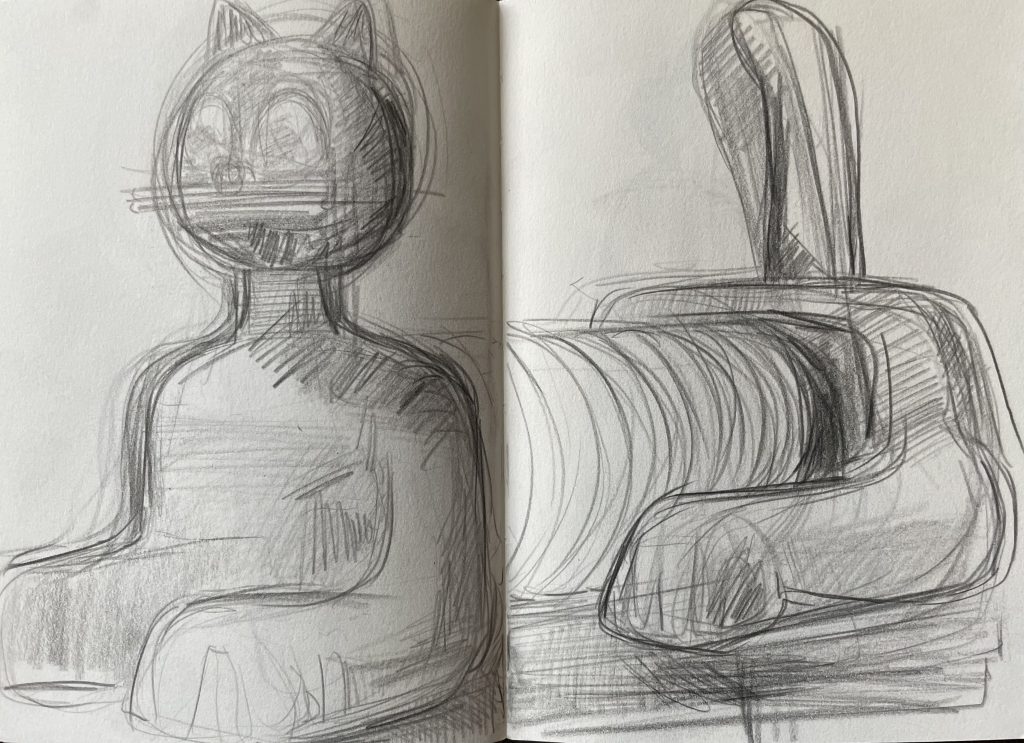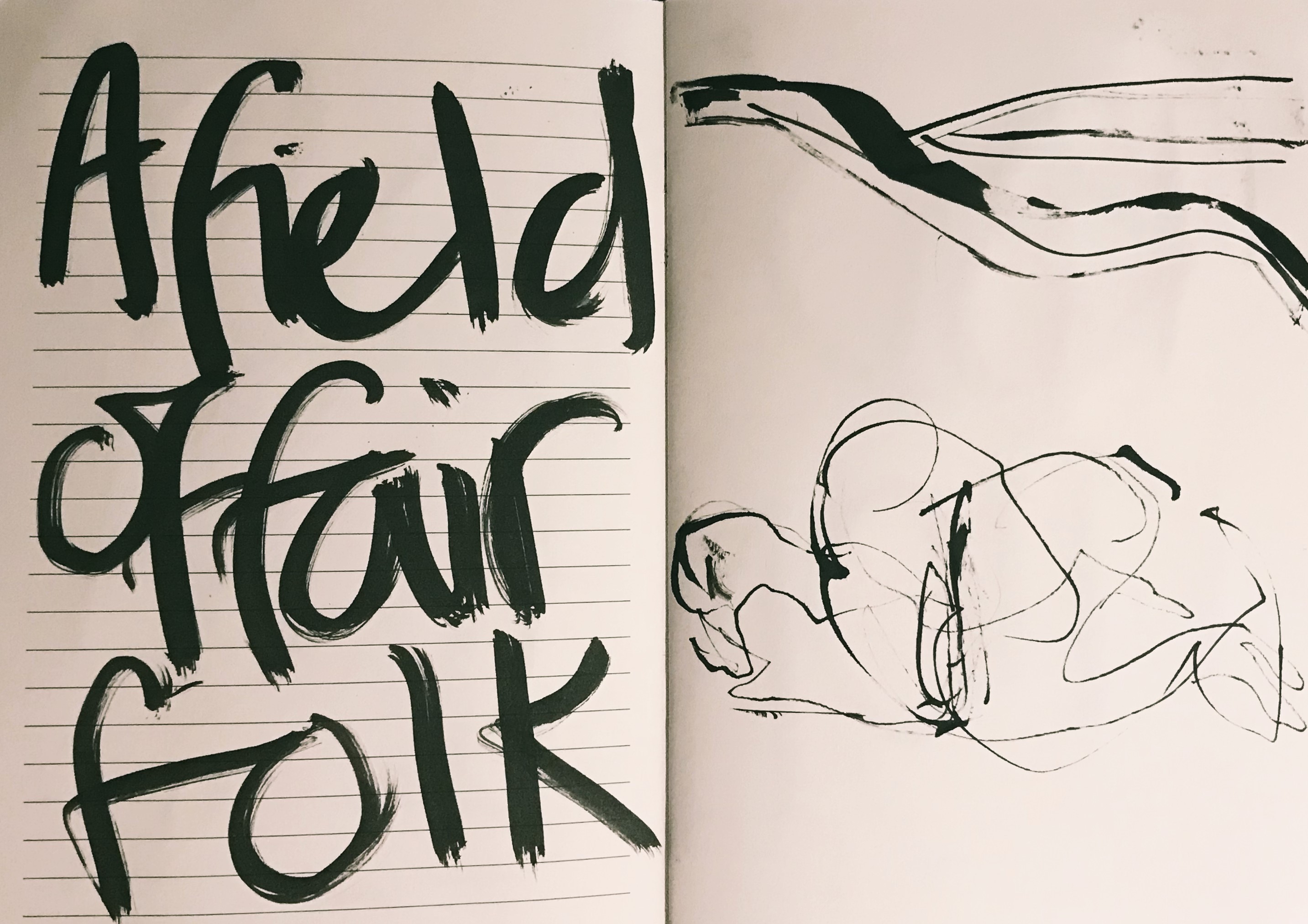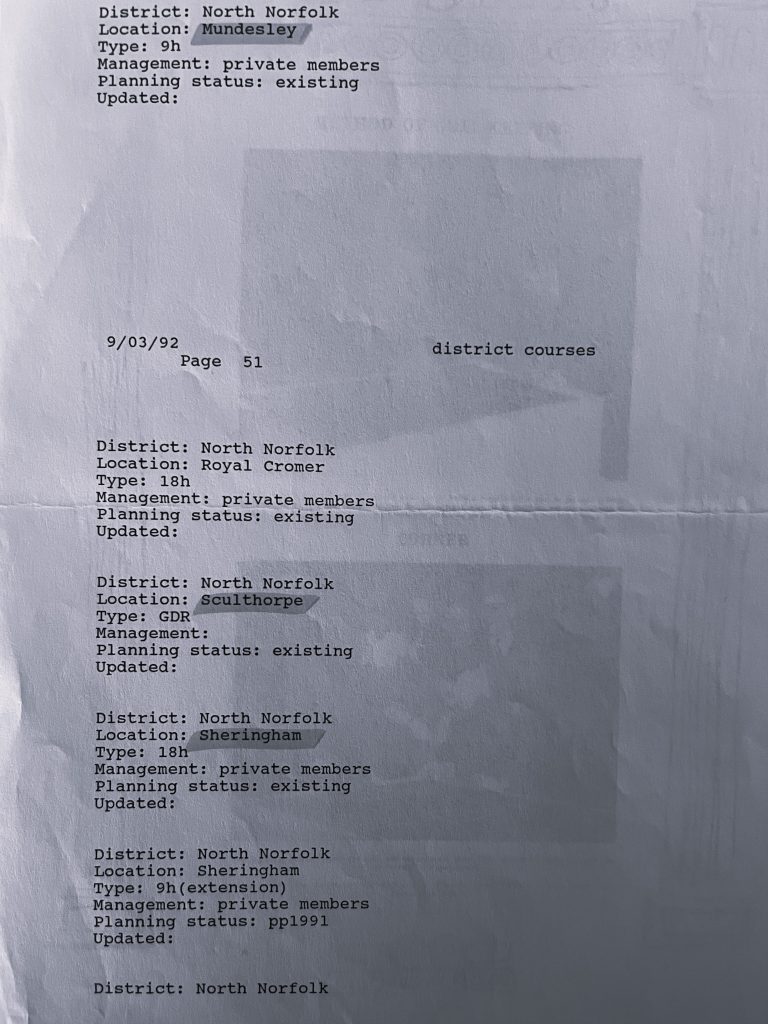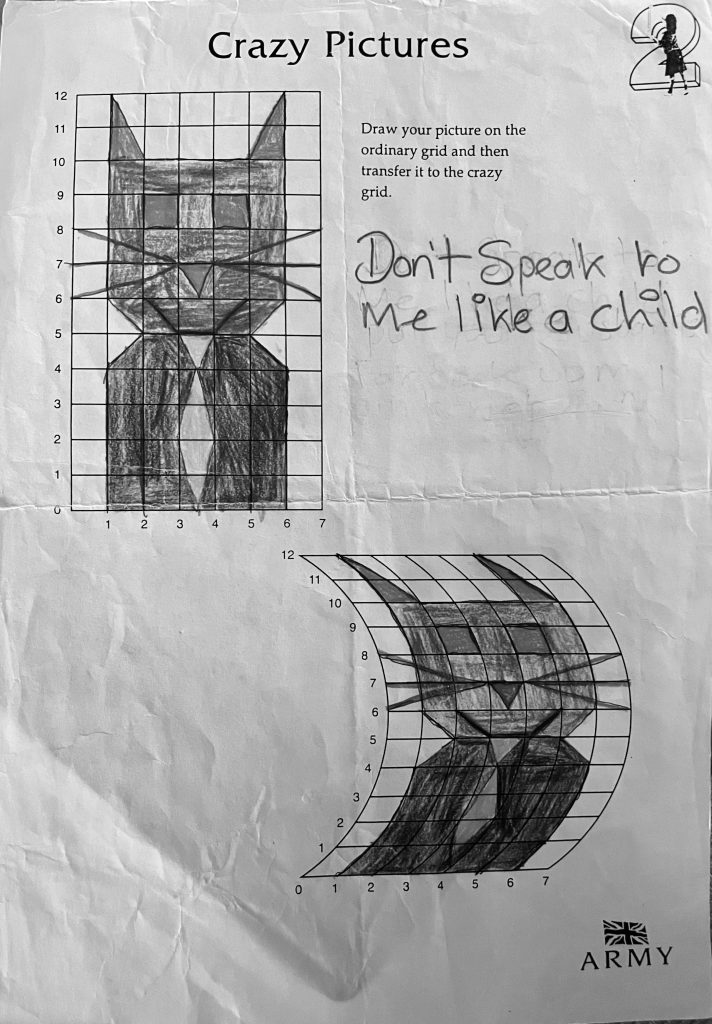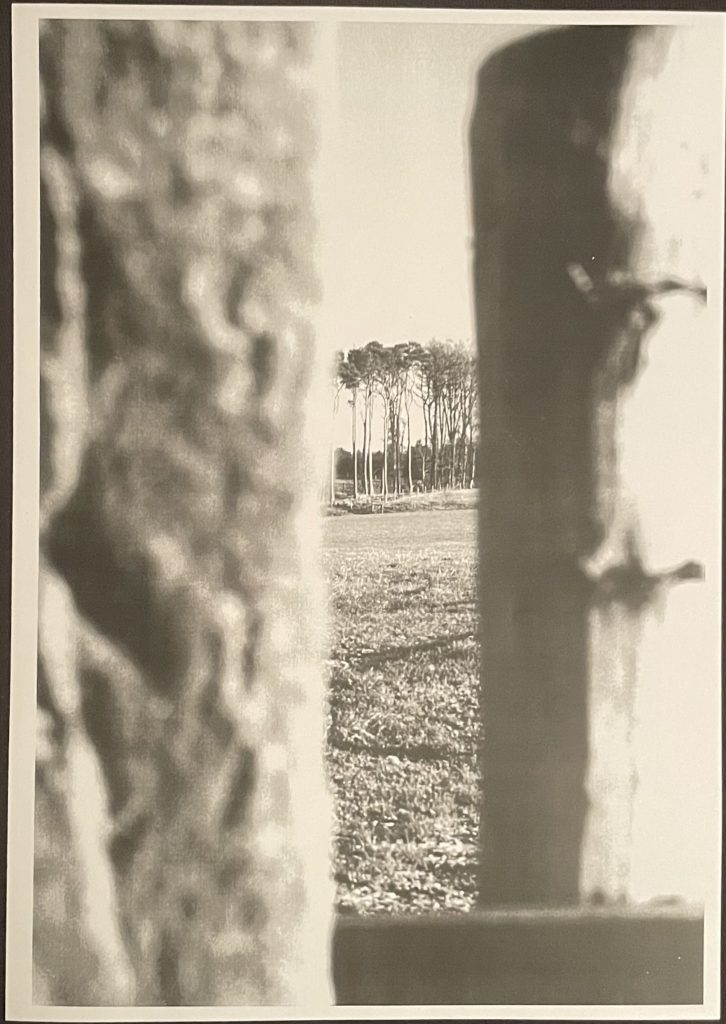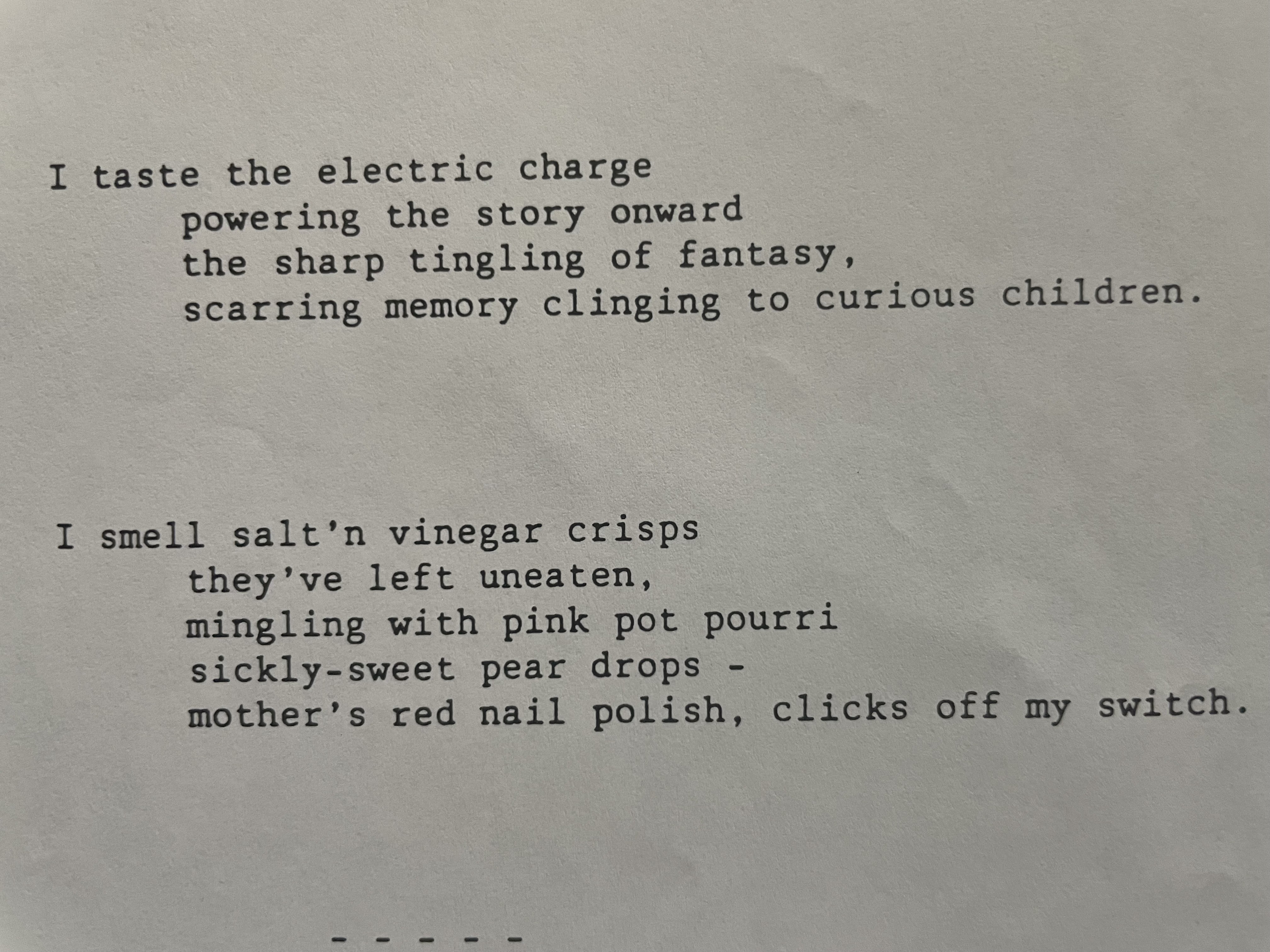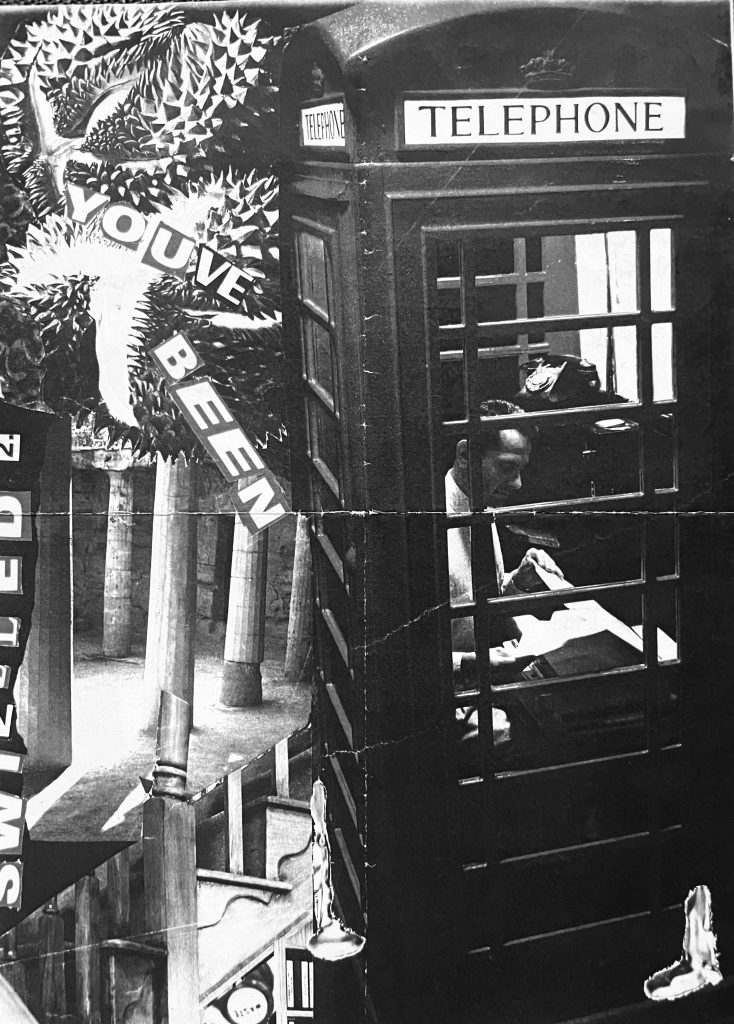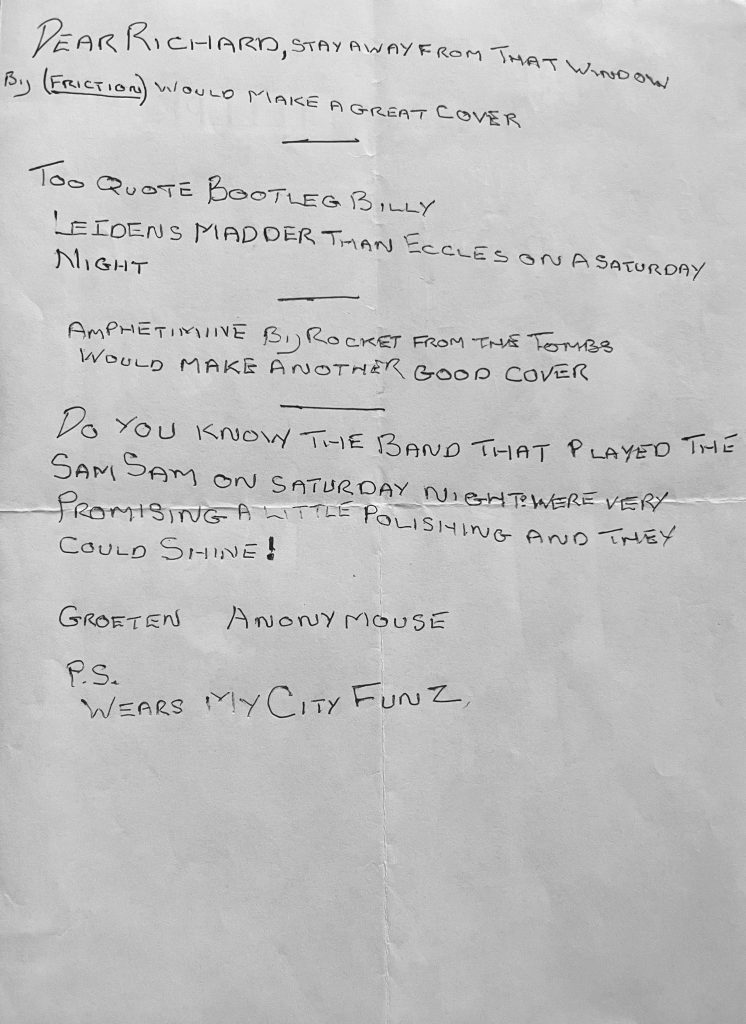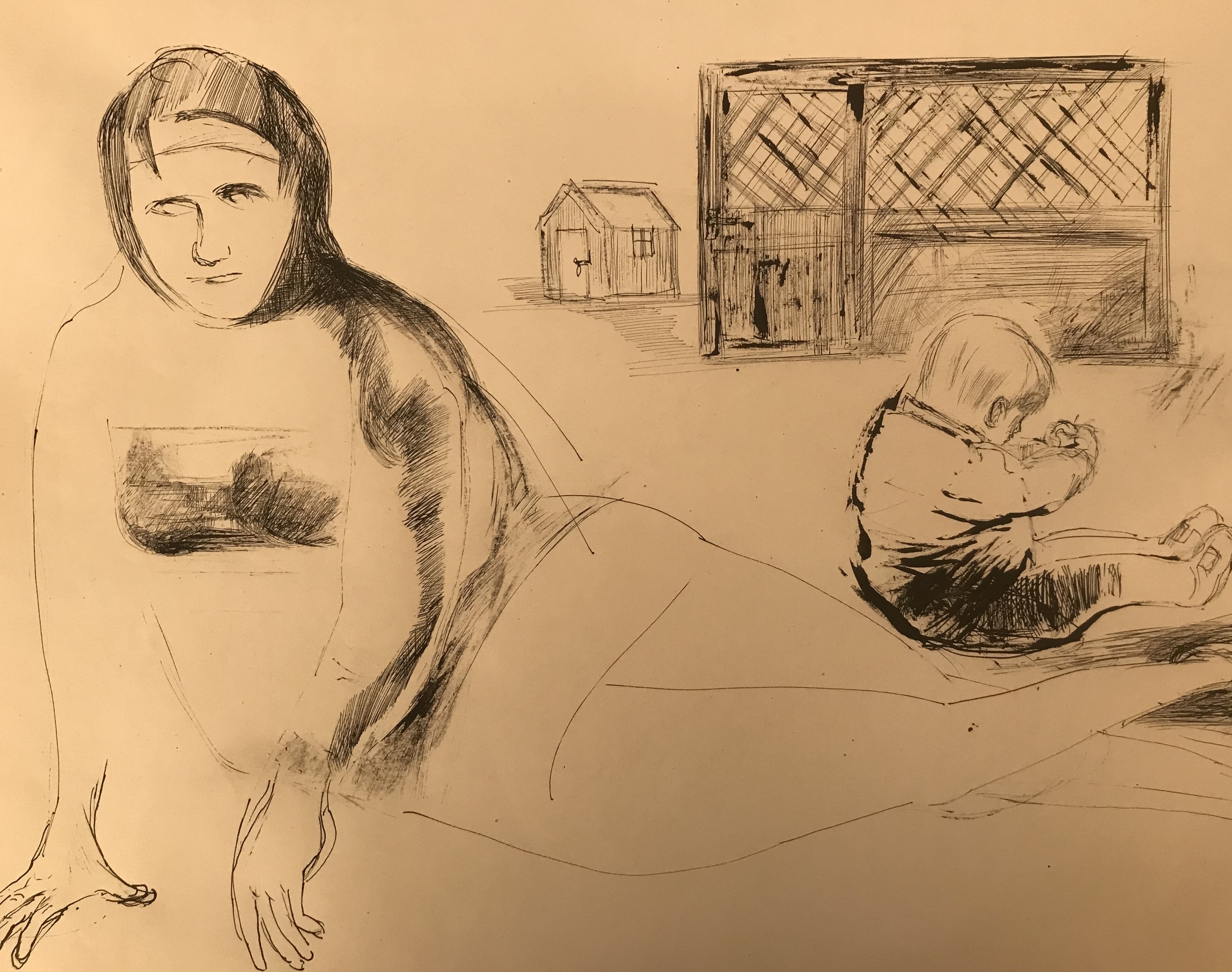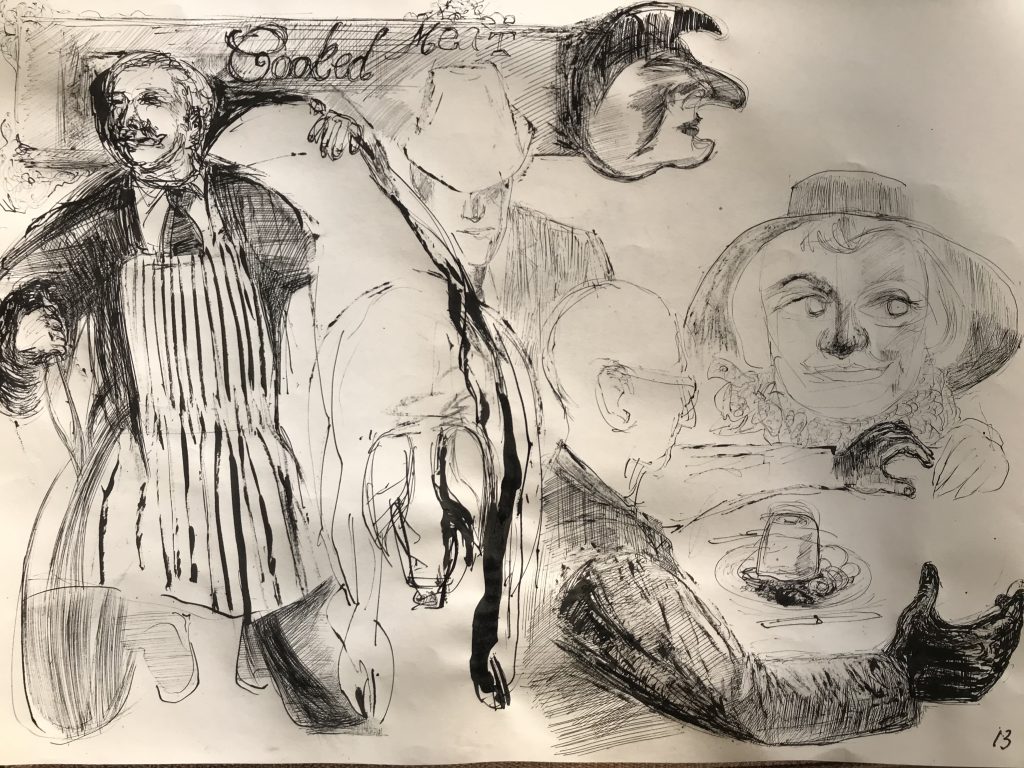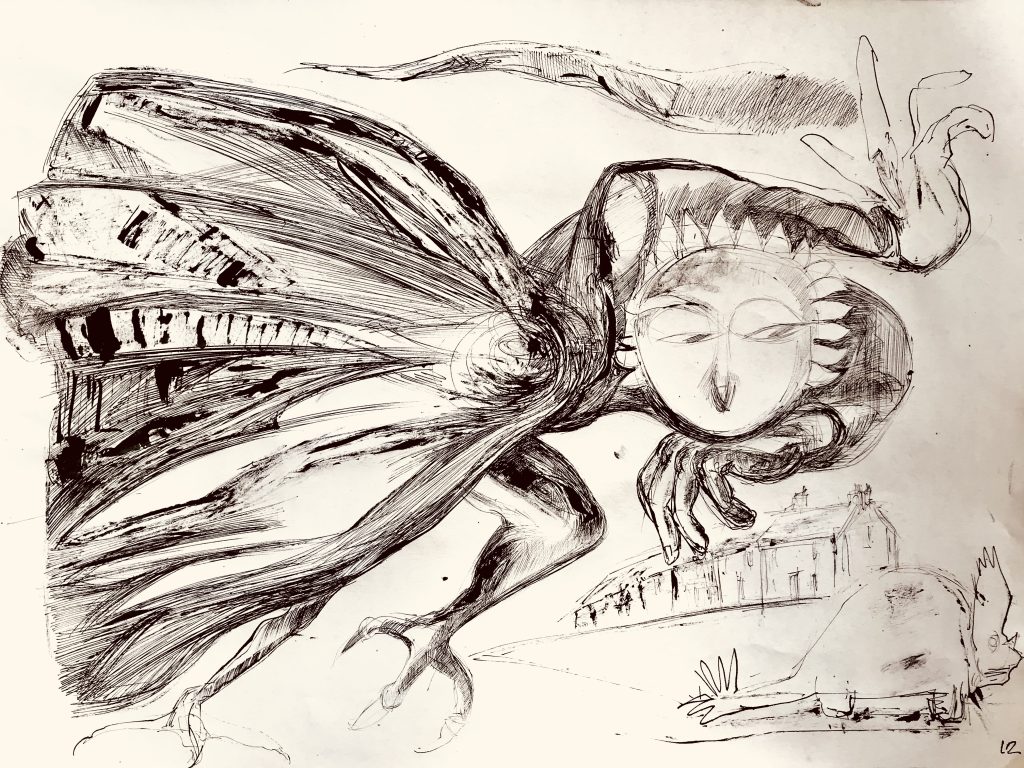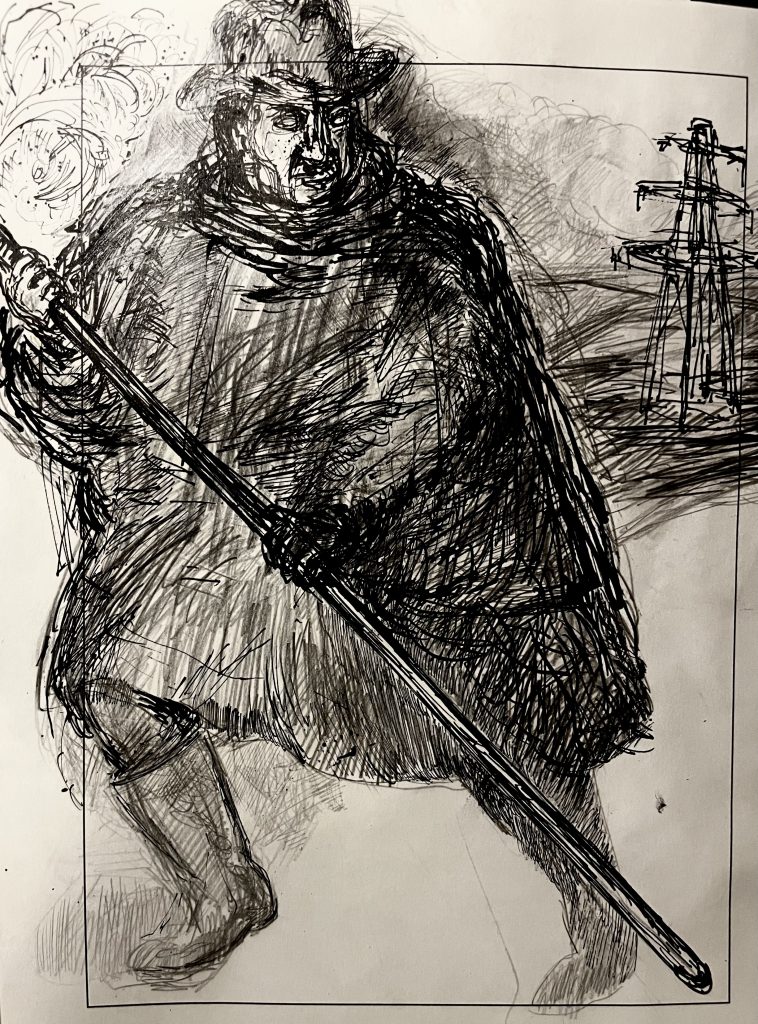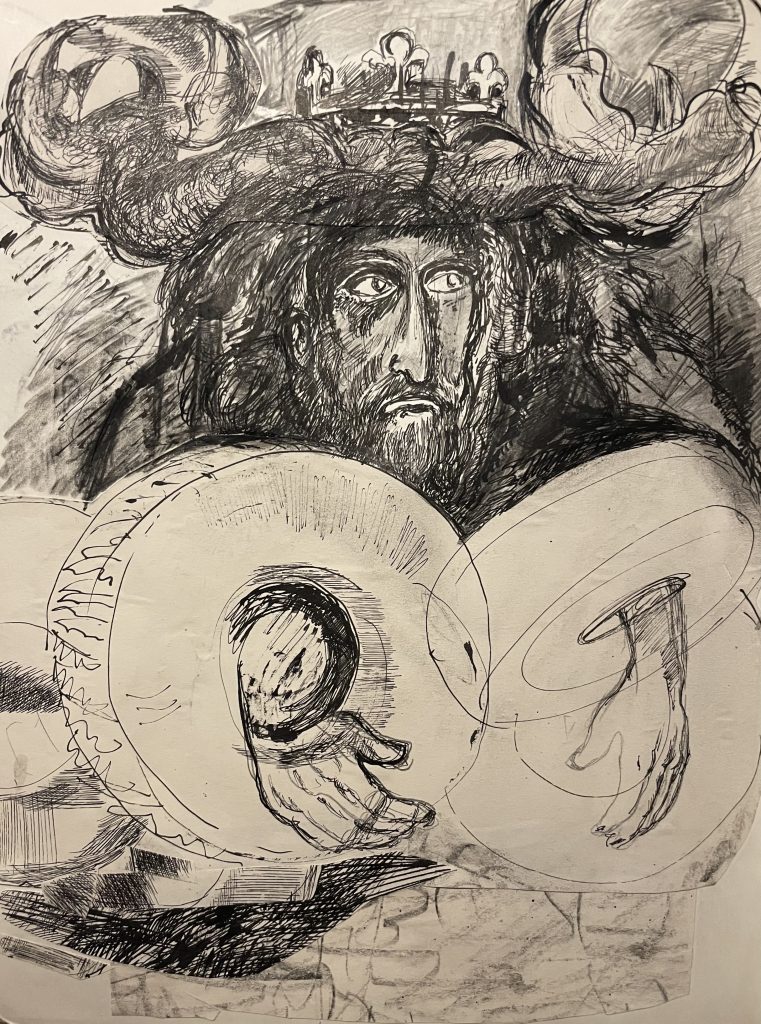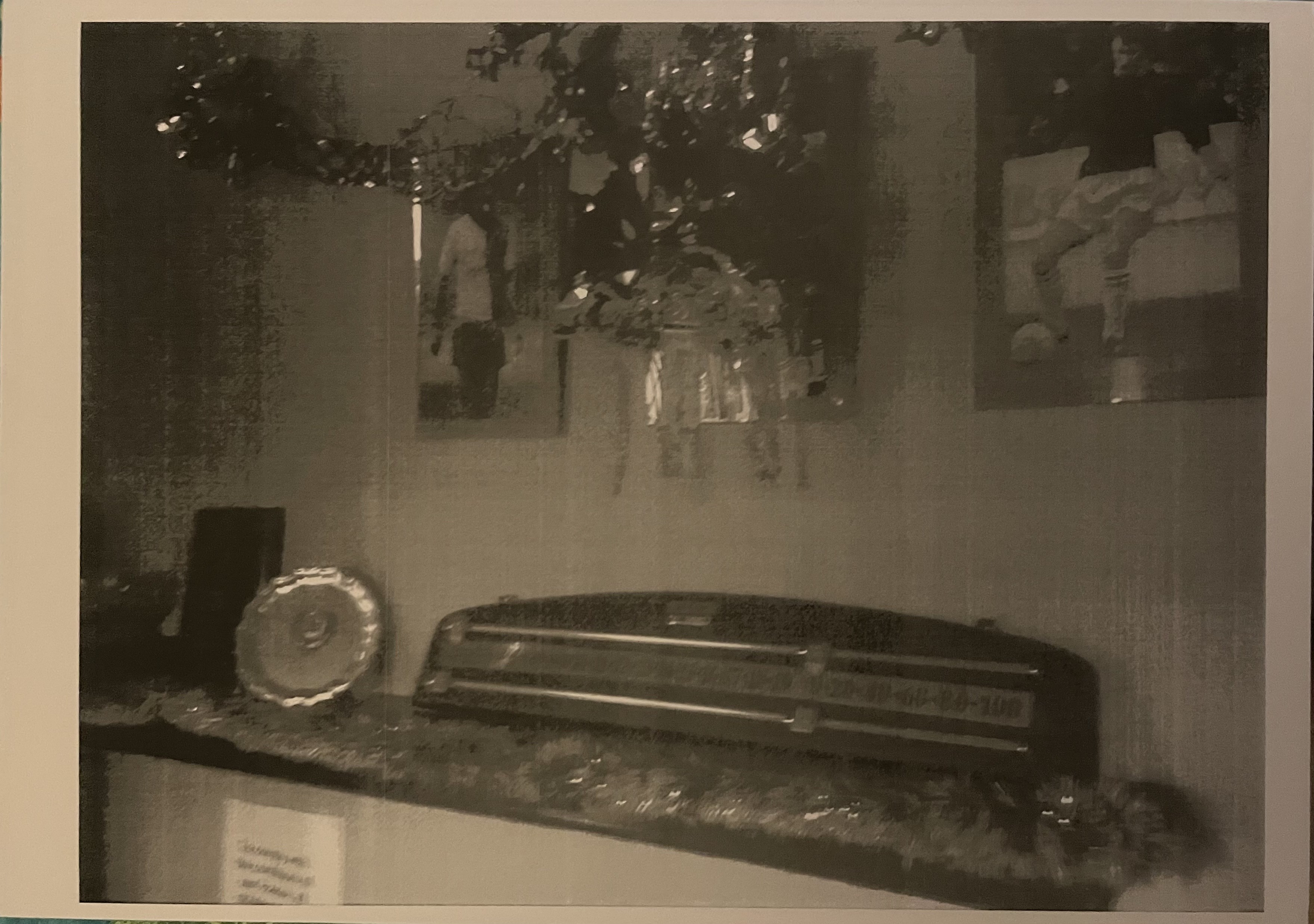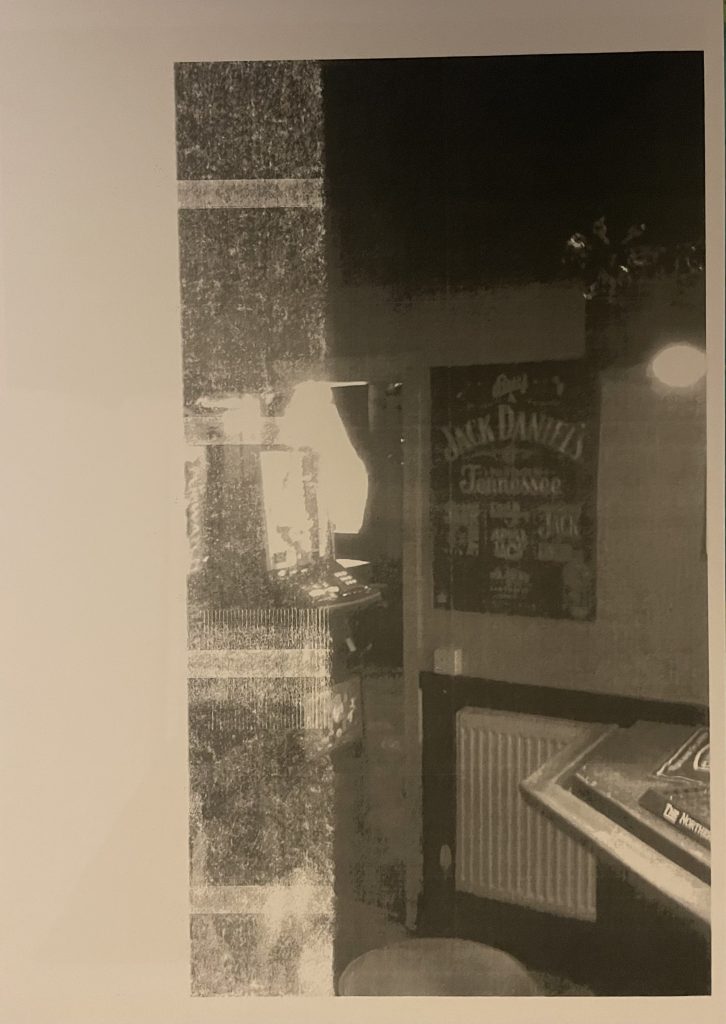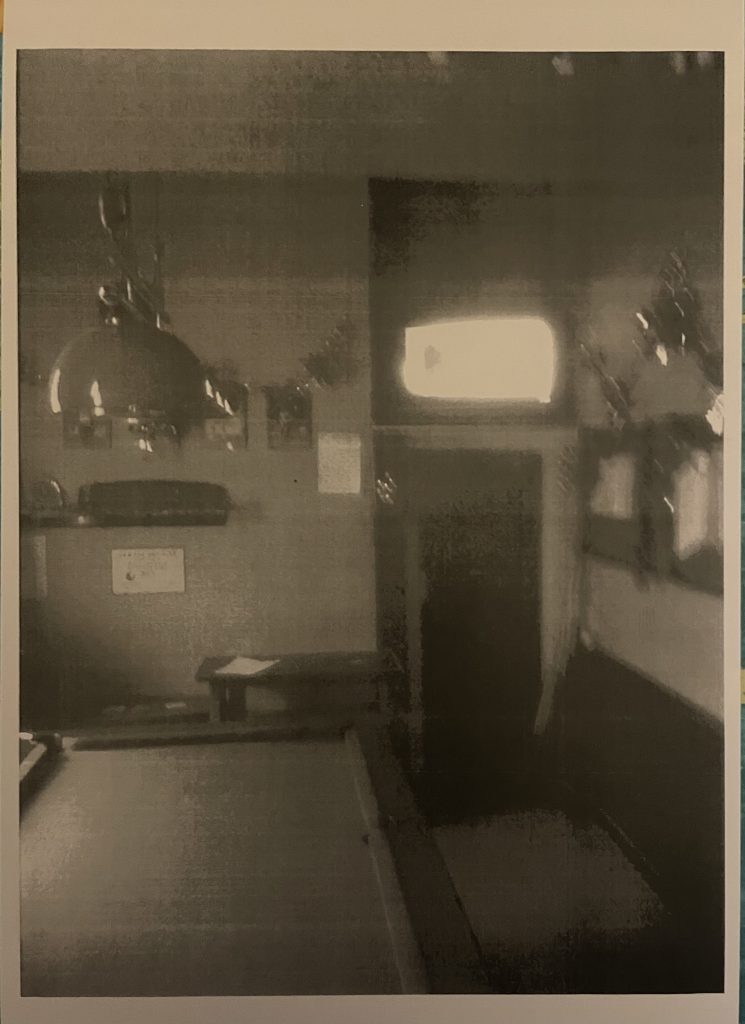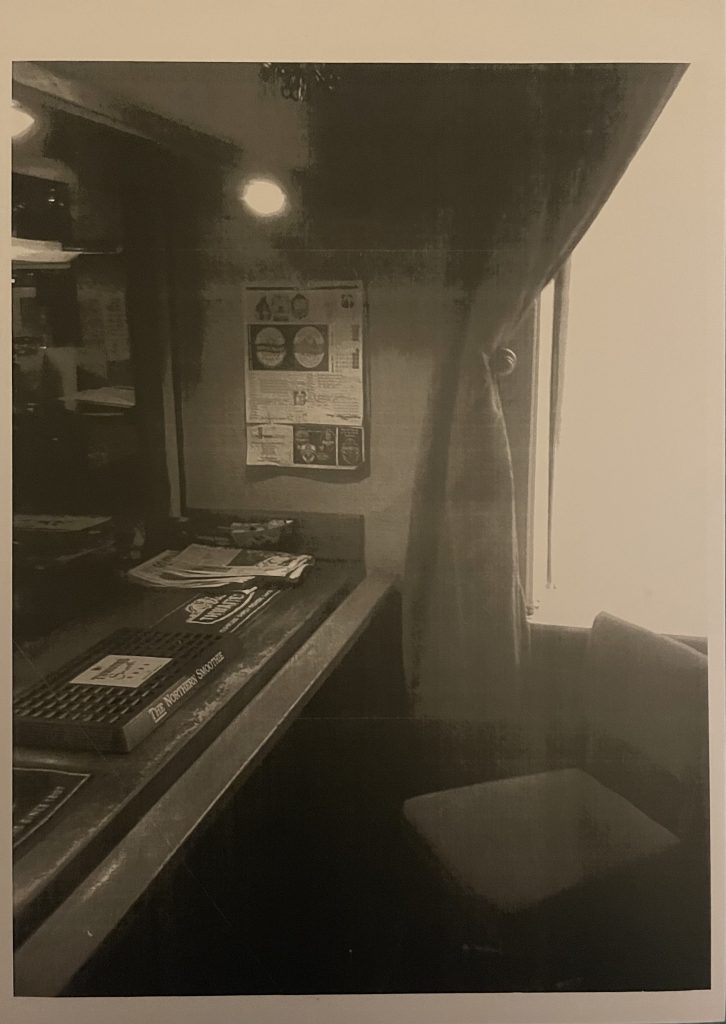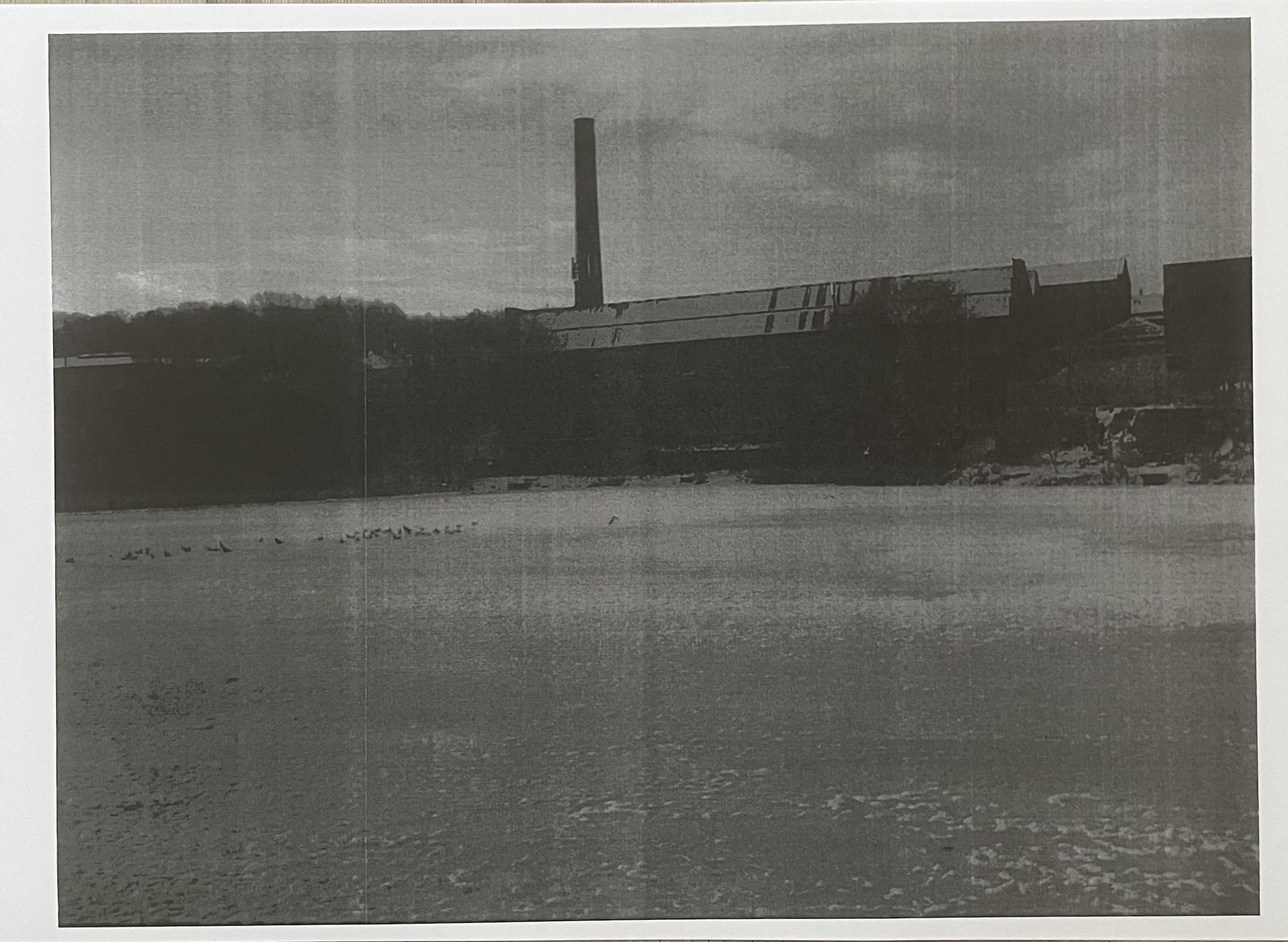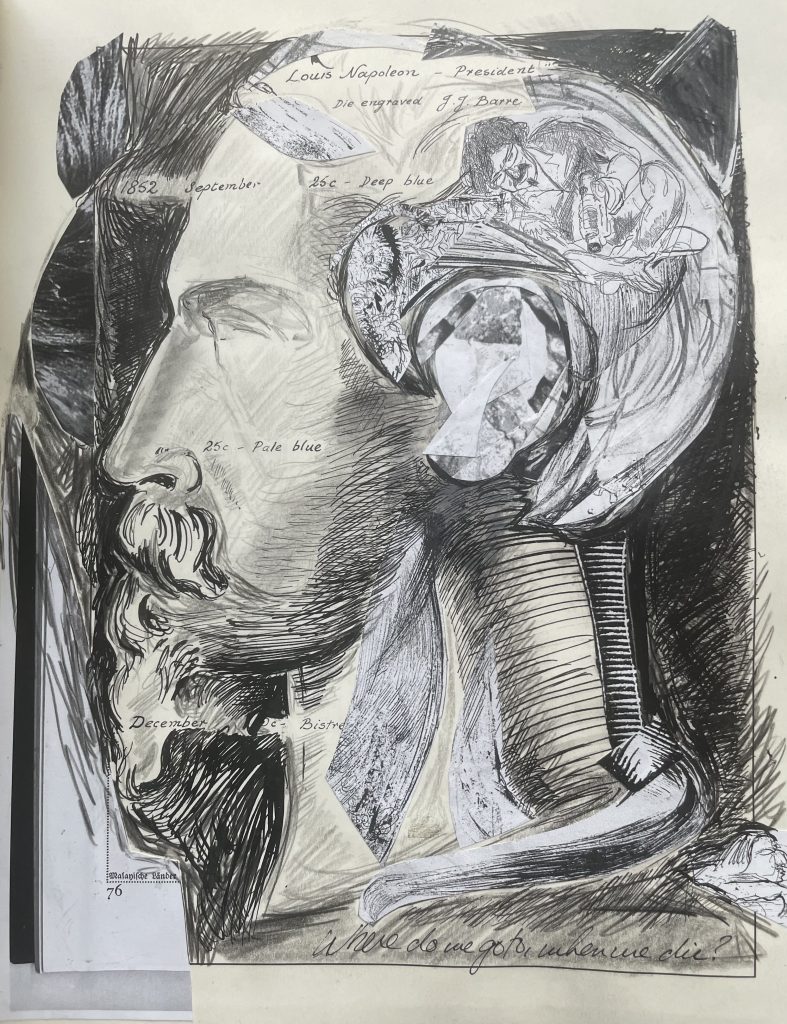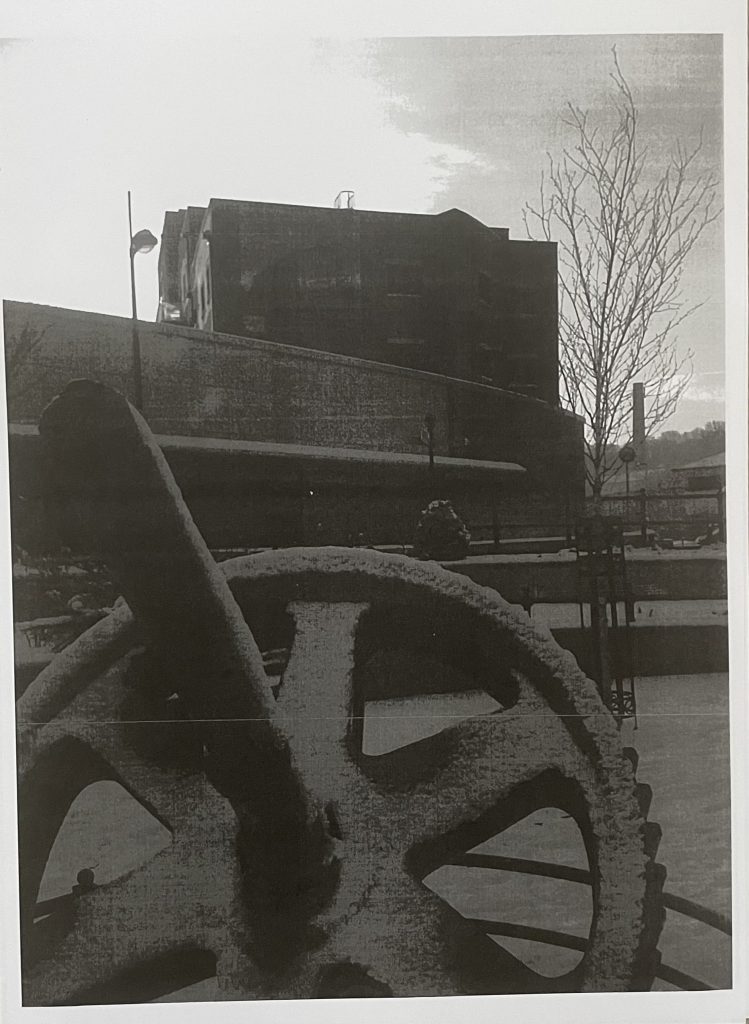We all know the PINS War is between the Protestant new order in the North and the Catholic old order in the South and is played out in a fictional eighteenth-century. But if you don’t like war – and who does – there are a number of potential escape routes from the Garden where The War takes place. Below are some visual clues for those escape routes. You can make, and photocopy your own, of course. And you can find further clues here, too.
Category: Accringtonia
PINS – Rule Twenty: Maps – More Special Features – Garden Worlds
One of the points of PINS is escape. Where better, if you can, to escape into a garden, however humble, where you can best set out your forces for PINS. More information, about gardens in the 1970s, can be found here.
PINS – Rule Nineteen: Maps – More Special Features – Imagined Worlds
One of the points of PINS is escape. Escape from your job, ambition, dedication and mucking in. This post allows you to contemnplate the idea of escape, through judicious use of the photocopies found here, and work it into your own idea of PINS. More information, here.
PINS – Rule Eighteen: Maps – More Special Features – Lancashire Edition
Maps for PINS need features, we all know that. And it’s time to find the features for your Lancashire map. No matter if you have never been or don’t know where Lancashire is. Lancashire is a state of mind and a mnemonic portal anyone can enter. Just imagine yourself in such a place. You can find out more, here, too.
PINS – Rule Seventeen: Maps – Special Features
What kinds of features can we add in a map we can use for PINS? There are plenty to choose from – from the back or front of your mind. Or those you use your senses to interact with. You can find out more, here.

PINS – Rule Sixteen: Making Maps
We think that PINS originated partly through a love of making maps. This means to play PINS you will need to make maps, in as peculiar a manner as you can. We tell you how to do so, here. Meanwhile, maybe these photocopies can bring some inspiration.
PINS – Rule Fifteen: Hang on a Minute
Now, hang on a minute, before we go further we need to look backwards and forwards. As it’s a new year and a new January (2024, to be precise), it’s good to know what we have learned with PINS, and what we should look forward to.
PINS – Rule Fourteen: Localities – Superlocal
Sometimes you can’t give local orders, especially superlocal orders, without not being there, in that locality. It helps to be somewhere else. Don’t worry, it’s all explained here. Below, some images to help you keep yourself superlocal.
PINS – Rule Eleven: Localities – Lancashire
We decided, in the latest post, to suggest some localities. And we decided to start in the County Palatine of Lancashire; a place which, as the journalist Charles Nevin outrageously suggests in the title of his book on the ceremonial county, a place where Women Die of Love.
Heere are some local localities, a local which may of may not still exist in this way. Soak up their atmosphere, captured deeply and darkly on a December day and ask yourself, is this the locality for me? And where is Peter on the Piano?
PINS – Rule Ten: A Local Decision
Local decisions are important in the game of PINS. That’s where most decisions are made, locally. You can learn more here. For now, here are some photocopies to help you make your very own local decision.


